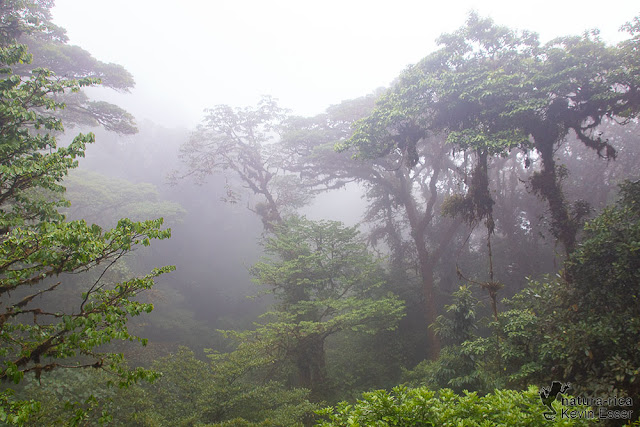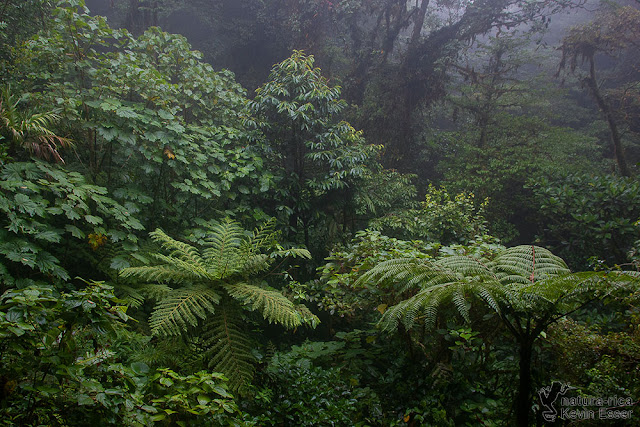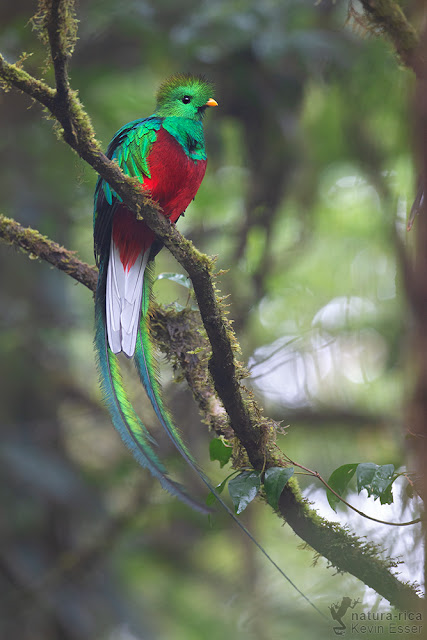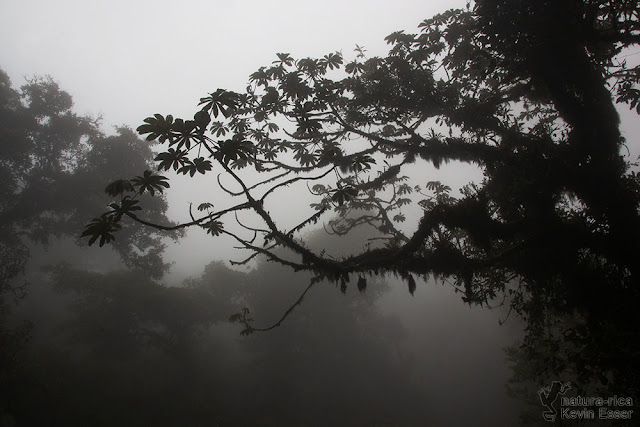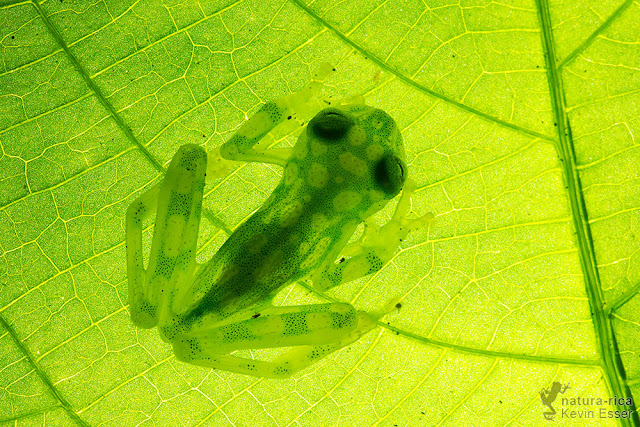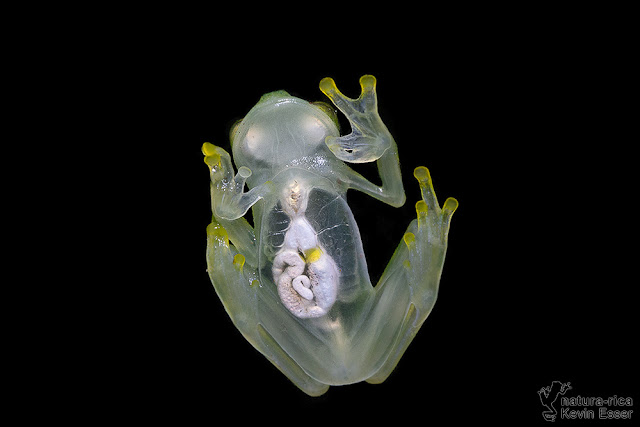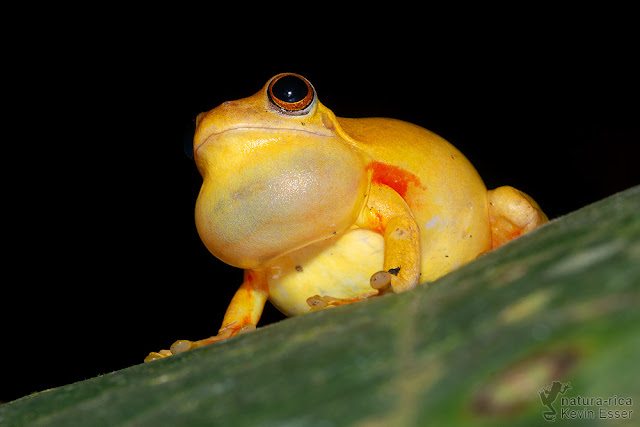Cloud forests occur within tropical or subtropical mountainous environments, where the atmospheric conditions allow for a consistent cover of clouds. These forests are very rare and cover only approximately 1% of the world's forests. The rich variety of flora and fauna includes many rare and endemic species.
Probably the most famous representative of the Central American cloud forest is the Resplendent Quetzal (Pharomachrus mocinno). This beautiful bird is found in southern Mexico, Guatemala, El Salvador, Honduras, northern Nicaragua, Costa Rica, and western Panama. The population has greatly decreased due to factors such as deforestation, hunting, and capture of these birds for trade. Luckily, in Costa Rica hunting is forbidden by law and national parks have been set up to protect this endangered bird.
My first observation of a male Quetzal during my trip to Monteverde was breathtaking and filled me with awe! Thanks to the 500mm lens, I was able to capture this unforgettable encounter. After cheking my pictures on the camera screen, I couldn't stop smiling for the rest of the day.
After I stumbled during the continuing hike, still distracted by the quetzal observation, I laughed and told my friend Andres, who accompanied me on this trip: "I could fall now and break my leg, it would still be a fantastic day".
It is our commitment to protect this amazing bird and its unique habitat. The mystical beauty of the cloud forest and its inhabitants is unprecedented.
https://neotropical.birds.cornell.edu
https://animaldiversity.org
https://www.monteverdeinfo.com
Probably the most famous representative of the Central American cloud forest is the Resplendent Quetzal (Pharomachrus mocinno). This beautiful bird is found in southern Mexico, Guatemala, El Salvador, Honduras, northern Nicaragua, Costa Rica, and western Panama. The population has greatly decreased due to factors such as deforestation, hunting, and capture of these birds for trade. Luckily, in Costa Rica hunting is forbidden by law and national parks have been set up to protect this endangered bird.
My first observation of a male Quetzal during my trip to Monteverde was breathtaking and filled me with awe! Thanks to the 500mm lens, I was able to capture this unforgettable encounter. After cheking my pictures on the camera screen, I couldn't stop smiling for the rest of the day.
After I stumbled during the continuing hike, still distracted by the quetzal observation, I laughed and told my friend Andres, who accompanied me on this trip: "I could fall now and break my leg, it would still be a fantastic day".
It is our commitment to protect this amazing bird and its unique habitat. The mystical beauty of the cloud forest and its inhabitants is unprecedented.
https://neotropical.birds.cornell.edu
https://animaldiversity.org
https://www.monteverdeinfo.com
